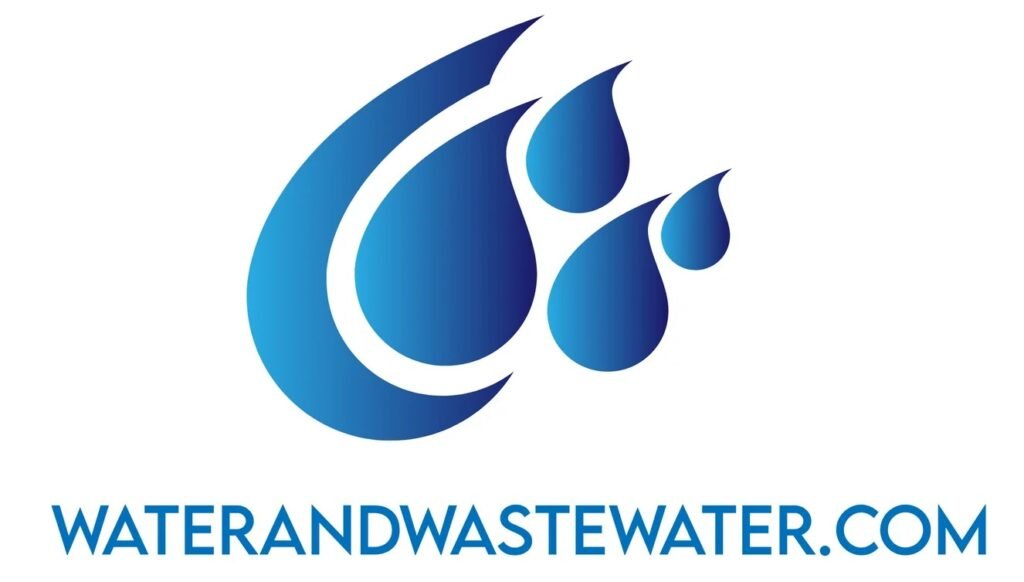Tag: changes
Industry-specific applications in wastewater management are transforming how various sectors handle environmental challenges. New technologies and strategies are increasingly vital for effective ammonia removal and cyanide mitigation, especially in industries like dairy processing. By understanding these methods, businesses can improve sustainability and ensure compliance with regulations. Case studies highlight successful applications of these techniques, showcasing […]
Exploring different treatment methods and technologies can be crucial in addressing various health and environmental concerns effectively. Innovative strategies like advanced surgical techniques and personalized therapies are shaping the future of treatment options. These methods prioritize individual needs, preferences, and goals, ensuring a comprehensive approach to recovery and prevention. The advancement in treatment technologies is […]
When diving into the topic of characteristics and analysis, one examines the essential aspects that provide a comprehensive understanding of different subjects. Whether it’s assessing industrial wastewater or evaluating a proposal’s cost analysis, a thorough examination unveils the core elements that define each case. Knowing these characteristics leads to more effective solutions and informed decisions. […]
Direct drive pumps are a crucial part of many industrial and commercial applications. These pumps connect directly to a motor without any belts or gears, offering a simple and efficient design. Direct drive pumps provide high performance and reliability, making them ideal for tasks that require consistent pressure and flow rates. These pumps are common […]
Feed pumps play a crucial role in many industrial processes. They move liquids and other materials from one place to another in factories, power plants, and water treatment facilities. These pumps come in different sizes and types to fit various needs. Feed pumps are designed to handle specific materials and operate under certain conditions. Some […]
Cooling water pumps play a vital role in many industries and applications. These devices move water through cooling systems to regulate temperatures in machinery, equipment, and processes. They help prevent overheating and ensure smooth operations. There are several types of cooling water pumps, each suited for different needs. Centrifugal pumps are common due to their […]
Ballast pumps play a crucial role in maintaining vessel stability and safety at sea. These specialized pumps move water in and out of a ship’s ballast tanks, adjusting the vessel’s weight distribution and trim. Proper ballast management is essential for ships to navigate efficiently, improve fuel economy, and comply with maritime regulations. Ballast pumps come […]
Fresh water pumps are essential devices that move water from one place to another. These pumps are used in homes, farms, and industries to supply clean water for various purposes. Fresh water pumps work by creating pressure differences that force water to flow through pipes and systems. There are many types of fresh water pumps, […]
Marine pumps are crucial components in ships and boats. They move fluids throughout vessels, keeping systems running smoothly. From bilge pumps that remove excess water to fuel transfer pumps that feed engines, these devices play many important roles. Marine pumps come in various types, each designed for specific tasks aboard watercraft. Some common varieties include […]
Transfer pumps are essential tools for moving liquids from one place to another. These devices come in various sizes and types, each designed for specific applications. A transfer pump can efficiently move water, fuel, chemicals, or other fluids, making it a valuable asset in many industries and households. When choosing a transfer pump, it’s important […]
